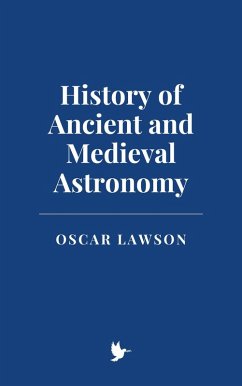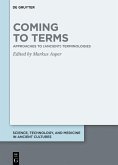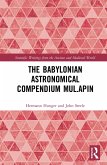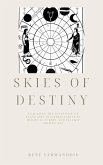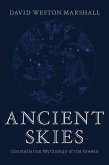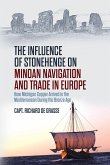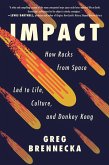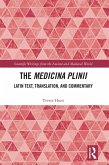The work then shifts to the Islamic Golden Age, highlighting the significant advancements made by scholars such as Al-Battani, Al-Tusi, and Al-Biruni, whose observations and mathematical refinements improved upon Greek models and preserved astronomical knowledge. The transmission of these ideas into medieval Europe, notably through the Toledo School of translators, sets the stage for the Renaissance.
A significant portion of the study focuses on the breakthrough contributions of Nicolaus Copernicus, whose heliocentric theory challenged the geocentric models that had been widely accepted for over a thousand years. The narrative continues with the transformative impact of Johannes Kepler, whose laws of planetary motion provided the mathematical foundation for modern astronomy. Finally, it explores the revolutionary work of Galileo Galilei, whose improvements to the telescope and observations of celestial bodies offered irrefutable evidence for the heliocentric model and contributed to the eventual acceptance of the Copernican system.
This work not only examines the key astronomical models and discoveries but also situates these scientific developments within the broader historical, philosophical, and theological contexts of their time. The legacy of these early astronomers is shown to have laid the foundations for modern scientific inquiry, marking the transition from medieval scholasticism to the empirical methods that would define the scientific revolution and beyond. The narrative underscores the importance of observation, empirical data, and mathematical modeling in shaping our understanding of the universe, demonstrating how astronomical theories evolved through both intellectual collaboration and challenge.
Dieser Download kann aus rechtlichen Gründen nur mit Rechnungsadresse in A, B, CY, CZ, D, DK, EW, E, FIN, F, GR, H, IRL, I, LT, L, LR, M, NL, PL, P, R, S, SLO, SK ausgeliefert werden.

